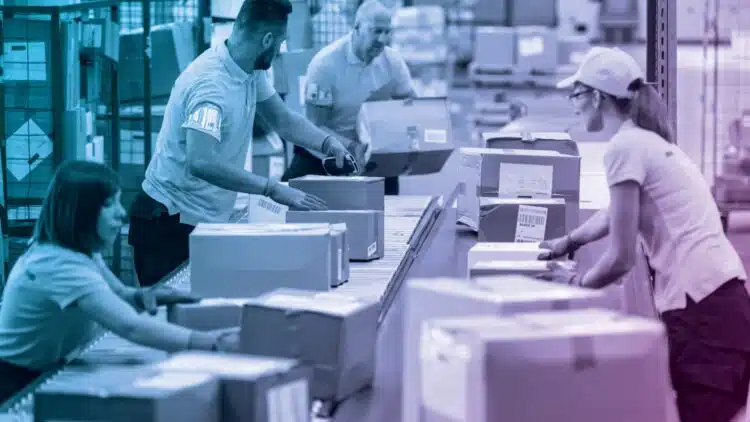As consumers we demand visibility. As logistics professionals, it is essential. Accurate and timely supply chain visibility is universally expected—thanks to a few key technology advances during the past 20 years.
Technology + ELD Mandate Advances Visibility
In the late ’90s, small parcel began to take off with the advent of online tracking. What started as a confirmation of delivery has evolved into tracking as we know it today. Now, tracking is expected at every step of a shipment from pick up to delivery. This type of functionality allowed online shopping to gain popularity. Then, about 10 years ago, old technology became new again. GPS has been around since the late 70’s and in commercial use since the early 90’s. In the last decade, affordable GPS and smartphone technology no longer relegated these logistics tools to high end and expensive devices. As a result, GPS is now a crucial part of the visibility toolset. The ELD mandate and compliance deadline of December 2017 has provided the means to provide real-time visibility to more than just small parcel shipments.
No Visibility, No Customers
It’s not just technology that has driven the shipper to demand more and more visibility. It is the consumer. Consumers demand quick delivery of their product and require package progress insights at all points in the shipment. This trend has required the shipper to have visibility to their own freight. The shipper’s visibility needs have matched the consumers. The shipper is tracking their inbound loads to ensure they have the products needed to fulfill outbound customer orders. And on the outbound side, visibility is a requirement from the consumer. Today, a consumer would never order a product from a company if they don’t have a way to view the progress of the shipment on a web site. No supply chain visibility may in time lead to no customers.
Without accurate and timely visibility to their shipments, shippers are at a huge competitive disadvantage in the market. Without automatic tracking, the shipper must have a large staff to manually monitor shipment status and deal with inevitable delays. The shipper has a call center bombarded with calls asking the question “Where’s my shipment?” This setup requires customer service to manually make a phone call to find out (which is incredibly expensive). It’s just good business for shippers to seriously evaluate their current visibility tools and what an upgraded solution can provide.
Look for a Holistic Solution
When evaluating a new solution, shippers should be looking for one holistic solution that can solve the visibility needs that they have, as well as the visibility needs that their customer has. Unfortunately, these needs aren’t the same. Shippers want alerts when a shipment is not picked up on time or if an exception occurs causing late delivery of the shipment. Both exceptions will require the shipper to act to resolve the issue. For the shipper’s customer, they need an easy-to-use web site where they can view their shipment’s progress and have an accurate delivery date. This requires integration of order information the shipment information and the tracking information, resulting in one clean standardized dataset showing the customer that their order is on its way.
Note: This article was originally published on the DC Velocity Blog Logistics Problem Solving on March 2, 2018.




